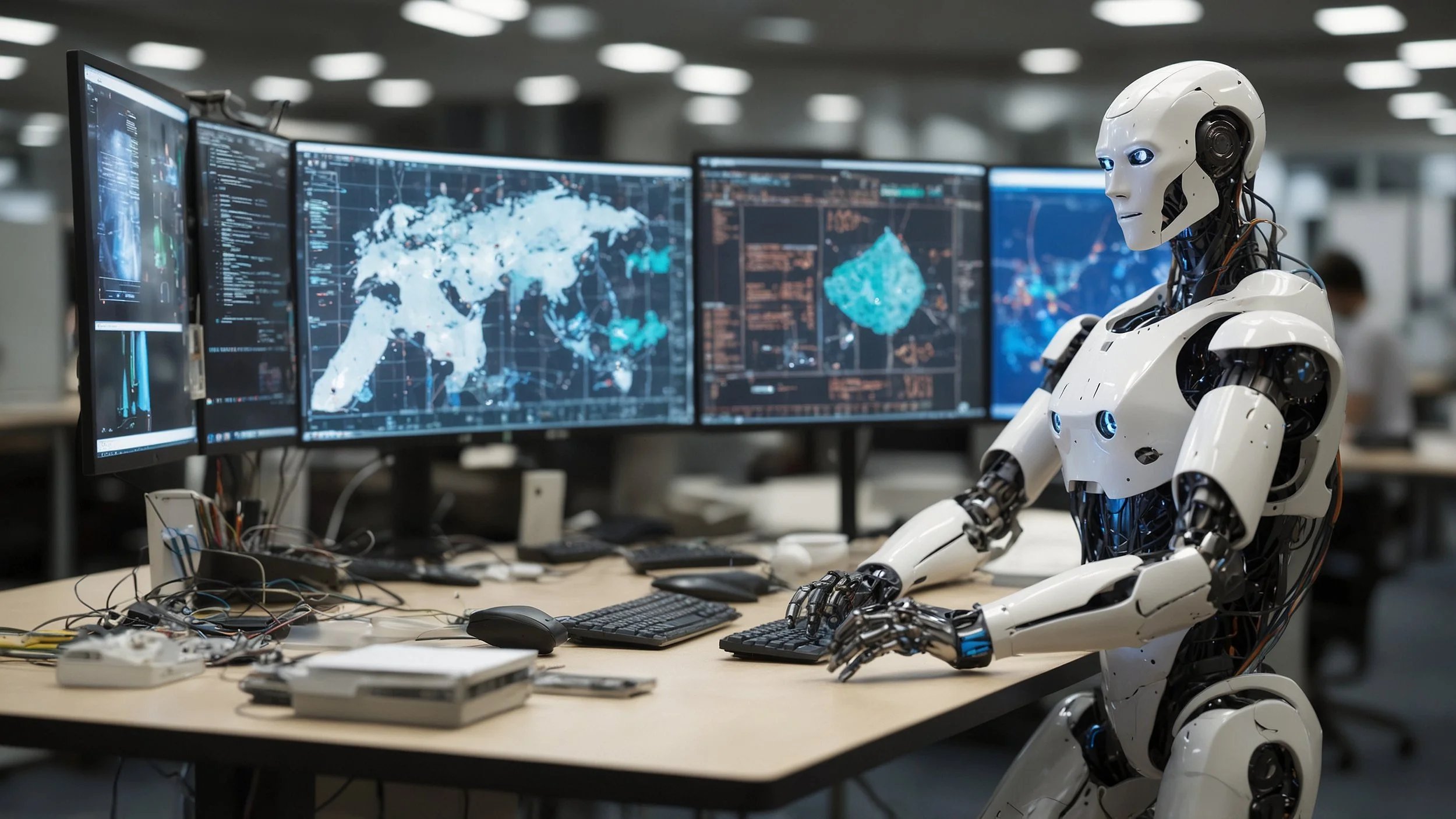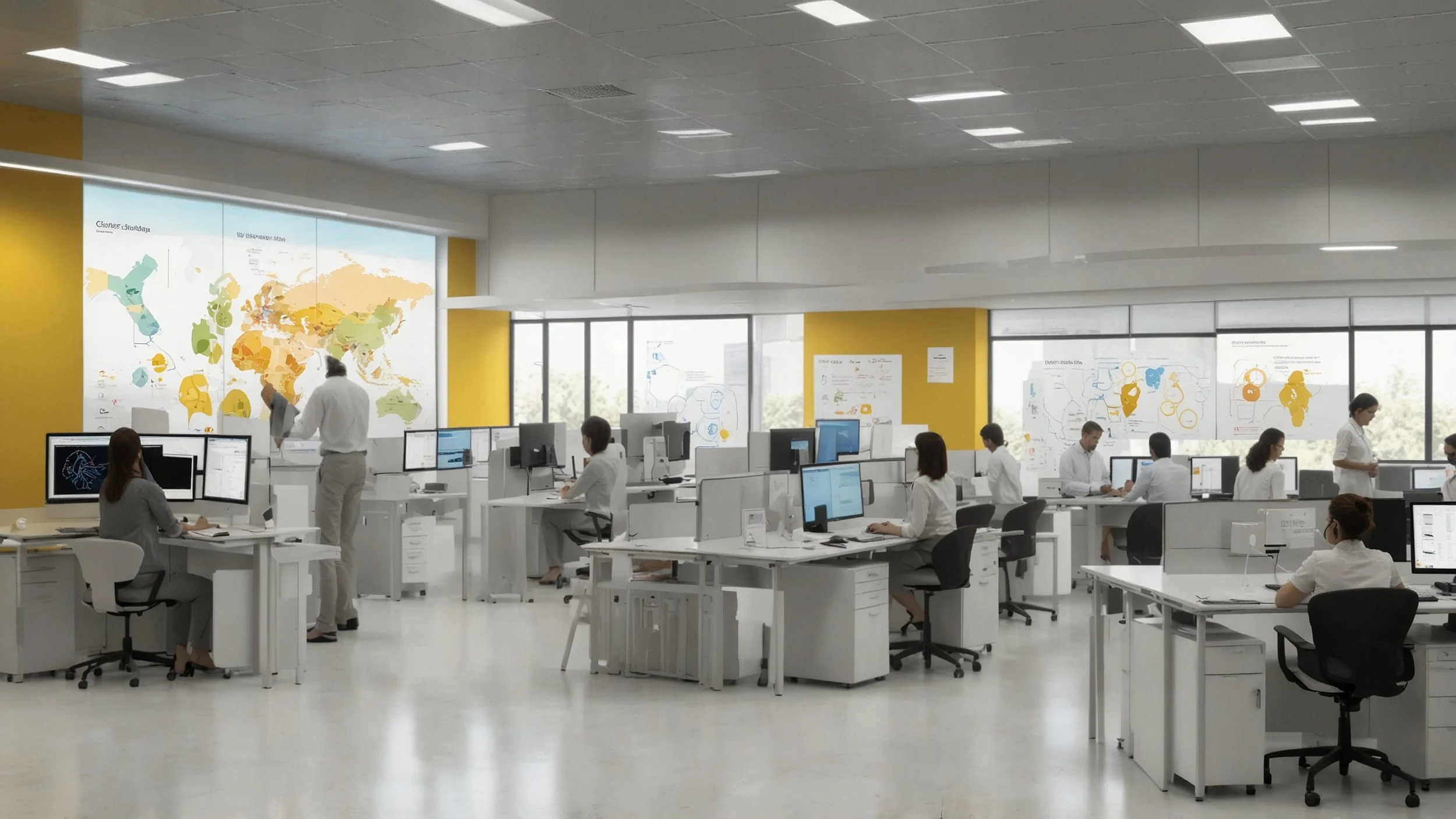Intelligent automation fusion that is revolutionizing businesses
The merger of Robotic Process Automation (RPA) and Machine Learning (ML) symbolizes a radical change in the way companies deal with automation. This synergy, instead of being restricted to monotonous and repetitive tasks, enables dynamic and adaptive processes that increase efficiency, reduce costs and lead to innovation in various industrial sectors.
The complementarity between RPA and Machine Learning
Conventional automation using RPA is focused on everyday, rule-based tasks, such as data entry or invoice management. However, its lack of ability to adjust to unstructured data restricts its range of action. Therefore, Machine Learning, with its ability to examine complex data and learn from patterns, significantly increases the automation potential of companies.
Practical applications that drive digital transformation
The combination of Robotic Process Automation and Machine Learning stands out especially in the field of customer service, where intelligent chatbots can respond to queries in real time, providing a more agile and personalized experience. RPA technology then takes care of executing the necessary actions, such as updating databases or processing requests, optimizing the entire workflow.
In the healthcare sector, this integration facilitates the automatic collection of medical and administrative data, improving efficiency and reducing human errors in critical processes.
In the financial sector, it helps to identify fraud through advanced analysis of suspicious patterns and transactions, increasing security and confidence.
It is also key in predictive maintenance, where data analysis makes it possible to anticipate equipment and system failures, minimizing downtime and operating costs.
Together, RPA and ML ensure safer, faster and more efficient operations, optimizing resources and improving the experience for both customers and businesses.
Challenges and opportunities for effective implementation
To achieve a successful integration in any project or system, it is essential to preserve data quality from the beginning, to carefully select the most appropriate technologies and to design optimized work processes that maximize efficiency and minimize errors.
Preserving data quality is essential to ensure that the information used is accurate, complete and reliable, which directly impacts decision making.
Choosing the right technologies involves evaluating solutions that fit specific business needs and facilitate integration with existing systems.
Optimized work processes aim to reduce redundancies and improve productivity, ensuring that resources are used efficiently.
Security and compliance must be a constant priority to protect sensitive data and avoid legal sanctions.
Finally, it is imperative to promote continuous education and cultural transformation within the organization so that employees can take full advantage of new technologies, focusing on tasks that provide significant strategic value.
The synergy between RPA and Machine Learning is transforming intelligent automation, enabling agile and adaptive processes beyond simple mechanical repetition. This technological breakthrough is positioned as a key driver for digitalization and business competitiveness, opening a renewed horizon for the future of organizations.






